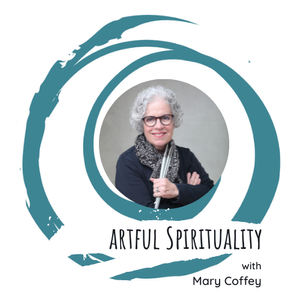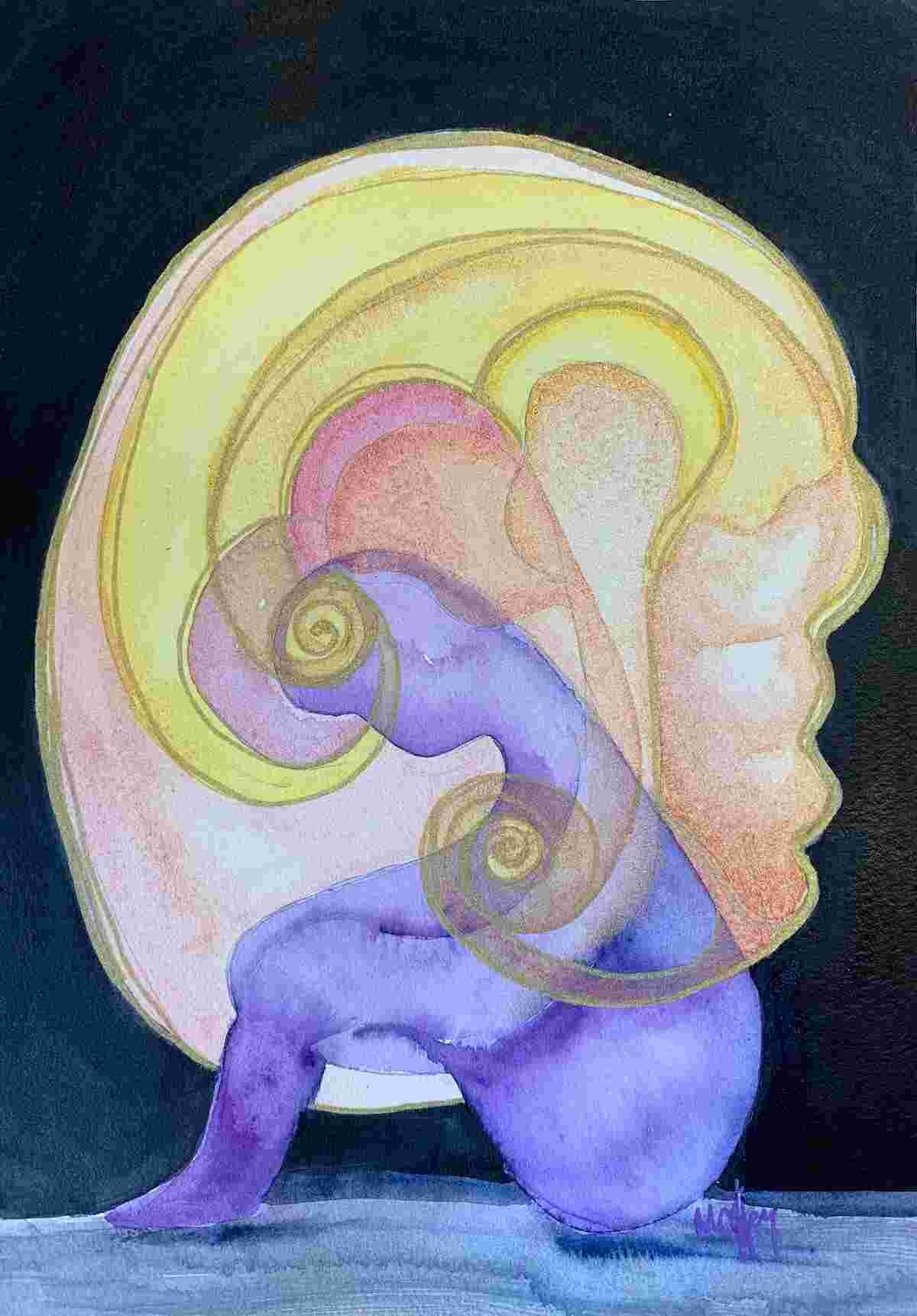Exploring the idea of God within
Have you ever heard this poem by Hafiz?
The small man
Builds cages for everyone
He
Knows.
While the sage,
Who has to duck his head
When the moon is low,
Keeps dropping keys all night long
For the
Beautiful
Rowdy
Prisoners.
I was reminded of this poem as I wrote about my motivation for my showing up in the world. My work is to empower women to set themselves free. Free from toxic theology. Free from societal constraints that constrict women to defined roles and limited expressions of their truest selves. These prisons society has imposed on us are external restraints that, to a large extent, have been internalized by us because they can be comfortable and seem very safe. The walls of our prisons are frequently gilded with gold and lined with silk cushions.
But they are still prisons.
There is a freedom in allowing others to tell us what to think, to do, to choose. If it all fails, then it is someone else’s fault. “Not my responsibility. I was just following orders. Don’t blame me.”
But they are still prisons.
The walls of the prisons are made of strong expectations.
Expectations from familial structures to belief this way or behave that way.
Expectations from society to look like some unrealistic model of perfection.
Expectations from religion to fit in, be silent, and obediently accept the path chosen for us by white male authority figures who insist their experience and understanding and way of knowing is the best way for all.
We are trained to seek external validation.
We are taught about an external God.
We chase after external approval in pats on the head for being a good girl, for getting good grades and lots of “likes.”
I’ve been processing this idea of external versus internal validation through my art. I started sketching out how Hafiz’s poem looked to me. As part of this exploration, I read a book called It’s Time: Challenges to the Doctrine of the Faith by former Catholic priest, Michael Morwood. He really hammers home the idea that God is not “out there’ but inside of us, energizing us to follow the example of Jesus. The book rejects the idea of atonement substitution theory - I'm with him on that - and makes a few other very bold statements that I am still processing. I am absorbing the idea that God is inside us, guiding us on our paths. This appeals to me so much more that an external God “out there” or up in heaven watching me, keeping track of the times I mess up. An internal God who dwells deep in my soul feels more truthful to me than an external God who is only accessible through the mediation of the institutional church. That is not how God has shown up in my life.
The sage in Hafiz’s poem, the one who is dropping keys, seemed to me to be a God-figure who enables our freedom.
But I don’t like the fact that the God-figure is external to the figures sitting in despair, locked inside their cages. My next version of this artwork, I reworked the despairing figure and tried to portray the idea of an angelic divine figure arising out of the despairing figure. I wanted to portray the idea that we all have within ourselves, deep in our souls, the means to free ourselves from the cages society and religion lock us in. Here is the last version portraying our inner divinity rising up to empower us.
seated despairing figure arising into light
Have you ever thought of where God is? Do you think of God as being out there, watching us in judgment? Is the Spirit of God swirling all around us? Or is God inside us, energizing us to take the next right step? Maybe that next step is to unlock the prison door and step into freedom. Can you believe you already have the key?

